
Ceiling Vent Covers Labeled Fire-Rated? Here’s How to Verify
- By:Lisa
- 2025-11-13
- 29
In commercial buildings, hospitals, data centers, and industrial facilities, ceiling vent covers are often treated as low-value, low-risk components — simple grilles that allow air to flow from HVAC ducts into occupied spaces. Their low cost and ease of installation frequently result in minimal scrutiny during technical reviews.
Yet when installed in walls or ceilings with a rated fire resistance — 1 hour or 2 hours — these components become part of the building’s passive fire barrier. If they lack verified testing, certification, or compatibility with the surrounding assembly, they can become pathways for fire and smoke to bypass critical fire compartments.
Over 80% of suppliers label their ceiling vent covers as “fire-rated,” “non-combustible,” or “UL listed.” Few provide verifiable documentation. These terms are often used to imply compliance without proof.
As a procurement professional, your responsibility is not to select the lowest-cost item. It is to ensure every component meets its intended safety performance.
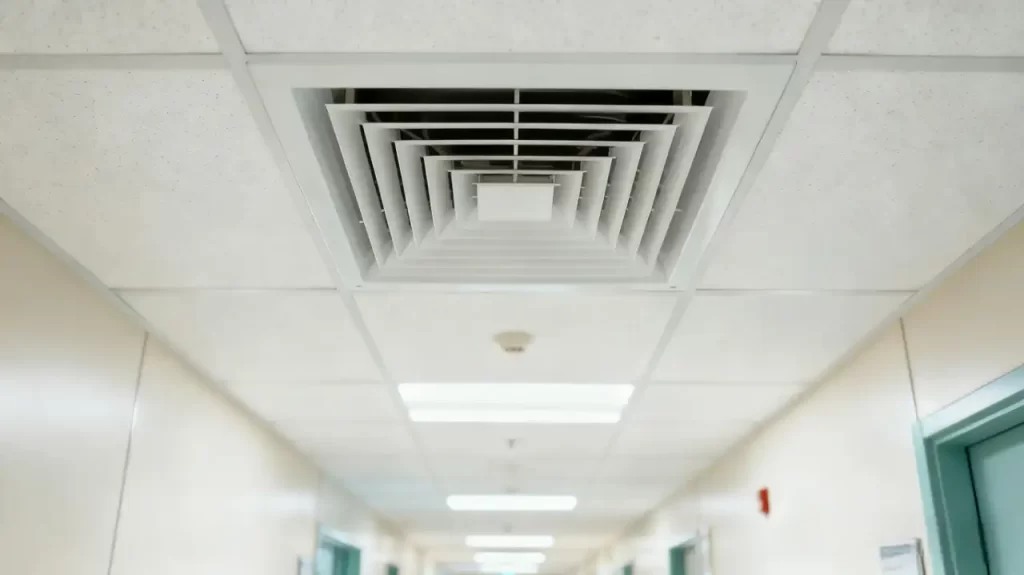
What Does “Fire-Rated” Actually Mean?
“Fire-rated” is not a material property. It is not a marketing claim. It is a certified performance.
For a ceiling vent cover to be considered fire-rated, it must:
- Be tested under ASTM E119 or UL 263,
- Demonstrate structural integrity and thermal insulation under fire exposure,
- Be evaluated as part of a specific assembly — including framing, sealants, and surrounding construction,
- Be certified by a Nationally Recognized Testing Laboratory (NRTL) such as UL, Intertek (ETL), or FM Global.
“Non-combustible” refers to material behavior under surface flame exposure (ASTM E84), not fire resistance. “UL listed” may indicate compliance with UL 181 (duct safety) or UL 2043 (plenum surface burning) — neither of which test fire endurance.
“NFPA compliant” is not a certification. NFPA develops codes; it does not certify products.
A product labeled “fire-rated” without a test report under ASTM E119 or UL 263 has no verified performance.
Five Steps to Verify Fire Performance Before Procurement
Step 1: Request the Original Fire Test Report
Any ceiling vent covers claiming fire resistance must be supported by a full, original test report from an NRTL.
The report must include:
- The test standard: ASTM E119 or UL 263
- The laboratory name and official seal
- The exact product model, dimensions, and materials
- Results for integrity and insulation (temperature rise ≤140°C average)
- The declared fire rating (e.g., “1-hour fire resistance rating”)
Don’t rely on summaries, brochures, or promises. Certification is documented evidence — not a statement.
Step 2: Inspect the Permanent Certification Mark
A certified ceiling vent cover must bear a permanent, non-removable mark on its surface — typically stamped or etched on the inner edge or mounting flange.
Look for:
- UL Mark: “UL” logo, File Number, and fire rating
- ETL Listed: “Intertek ETL Listed” with certification category
- FM Approvals: “FM” logo and approval number
According to a 2023 NFPA field survey, 41% of “fire-rated” vent covers found on-site lacked visible certification marks — rendering their claims unverifiable.
Physical presence of the mark is required for compliance.
Step 3: Validate Certification Status Online
Paper reports can be forged. Databases cannot.
Verify the product’s status using:
- UL Product iQ: https://productiq.ul.com
- Intertek ETL Listings: https://www.intertek.com/listings
- FM Approvals Directory: https://approvals.fmglobal.com
Confirm:
- Product model matches the order
- Status is Active
- Test standard is UL 263 or ASTM E119
Take a screenshot — date and URL included. Keep it with your records.
If the product is not listed, or status is Suspended/Revoked, do not proceed.
Step 4: Confirm Compatibility With the Installed Assembly
A ceiling vent cover’s fire rating applies only to the specific assembly in which it was tested.
If the product was tested in a gypsum board ceiling with steel studs and firestop sealant, but your project uses concrete slabs with mineral wool and no sealant — the rating does not transfer.
IBC Section 714.5.1 requires:
“The fire-resistance rating of an opening protective must be tested in the same assembly configuration as it will be installed.”
You must:
- Document your ceiling or wall assembly
- Confirm the supplier’s test matches your construction
- Identify required ceiling penetration seals or fire dampers
Ask for the System Design Documentation — it should show exactly what materials, gaps, and installation methods were used in the test.
Step 5: For Critical Facilities, Require System-Level Certification
In hospitals, data centers, cleanrooms, and laboratories, component-level certification is insufficient.
You need fire rated ceiling systems — where the entire assembly (cover, sealant, frame, sleeve, insulation) is tested as a unit.
System certifications carry design numbers such as:
- UL Design U400
- FM 4610
- Intertek System No. ETL-SD-1234
These can be verified in UL Product iQ or FM’s database.
A failure to match the tested system — such as using unapproved sealant — can cause smoke penetration even if the cover itself remains intact.
Common Supplier Misstatements — And How to Respond
“Our ceiling vent covers meet NFPA standards.”
→ NFPA writes codes; it does not certify products. → Request the underlying test report under ASTM E119 or UL 263.
“The material is Class A per ASTM E84.”
→ ASTM E84 measures surface flame spread, not fire resistance. → Request UL 263 or ASTM E119 test data.
“We supply hospitals — our products are trusted.”
→ Project experience ≠ product certification. → Request the specific model and File Number used in prior projects.
“Local code allows it.”
→ Local codes vary. IBC Chapter 7 is the baseline. → Confirm the product’s rating matches your assembly’s fire resistance.
“We’ve been doing this for 20 years.”
→ Experience does not replace documentation. → Certification is not a tradition. It is a requirement.
Why This Matters
Failure to verify ceiling vent covers can lead to:
- Failed fire inspections — 27% of commercial projects are delayed due to unapproved penetrations
- Insurance denial — claims may be rejected for lack of due diligence
- Legal liability — procurement professionals have been held accountable for unverified components
The cost of verification is negligible. The cost of failure is not.
Build a Standardized Procurement Checklist
| STEP | ACTION |
|---|---|
| 1 | Define required fire rating from architectural drawings (1-hour, 2-hour) |
| 2 | Specify in RFP: “Must provide ASTM E119 or UL 263 test report with File Number” |
| 3 | Require full PDF test report — stamped, signed, with product model |
| 4 | Inspect physical units for permanent UL, ETL, or FM certification mark |
| 5 | Validate certification status on UL Product iQ or Intertek ETL Listings |
| 6 | Confirm test assembly matches your construction — request System Design Documentation |
| 7 | For critical facilities, require system certification (e.g., UL Design U400) |
| 8 | Make certification verification a condition of payment |
| 9 | Store all documents in a searchable database (Notion, Airtable, ERP) |
Recommendation: Quarterly random audits of installed units ensure ongoing compliance.
Frequently Asked Questions
1. How do I check if a ceiling vent cover has a valid fire resistance rating?
Request the ASTM E119 or UL 263 test report. Match the product model. Validate status on UL Product iQ. Inspect the physical unit for a permanent certification mark. All four steps are required.
2. Do ceiling vents need to be fire-rated?
Yes. If ceiling vent covers penetrate a fire-rated wall or ceiling, they must be certified to match or exceed the assembly’s fire resistance rating. Otherwise, the fire barrier is compromised.
3. What’s the difference between fire-rated and flame-retardant?
“Flame-retardant” describes material behavior under surface flame exposure (ASTM E84). “Fire-rated” means the entire assembly — cover, sealant, frame — has passed a full fire endurance test (UL 263 or ASTM E119). One is material. The other is system performance.
4. How do I verify a UL listing online?
Go to https://productiq.ul.com . Enter the product model or File Number. Confirm the status is “Active.” Save a screenshot for your records.
5. Are fire-rated ceiling vents required in hospitals?
Yes. In hospitals, fire-rated ceiling vents must comply with IBC 714.5 and are often paired with smoke barrier vents. The entire system must be certified as a unit. Always request the System Design Documentation.
Final Thought
ceiling vent covers are small, but they are penetrations in a fire barrier — not mere vents. When labeled “fire-rated,” their claims must be verified through test reports, certification marks, and assembly alignment — not accepted on trust. Certification is not marketing. Verification is not procedure. It is professional duty. The appropriate response to “fire-rated” is not approval — but documentation review.
-
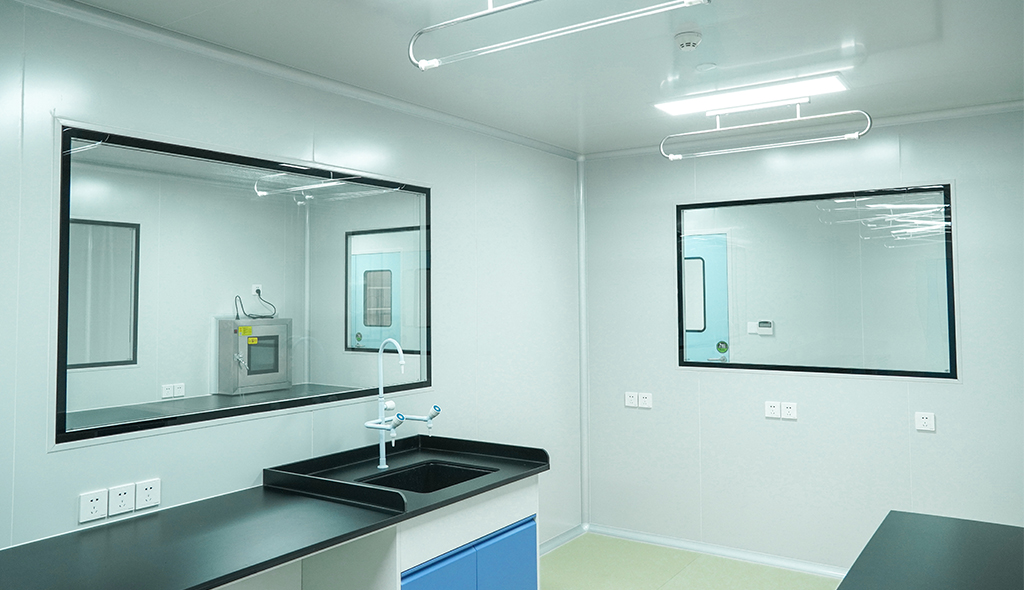 Cleanroom Glass Windows Are The Key to Maintaining a Clean Environment
Cleanroom Glass Windows Are The Key to Maintaining a Clean Environment -
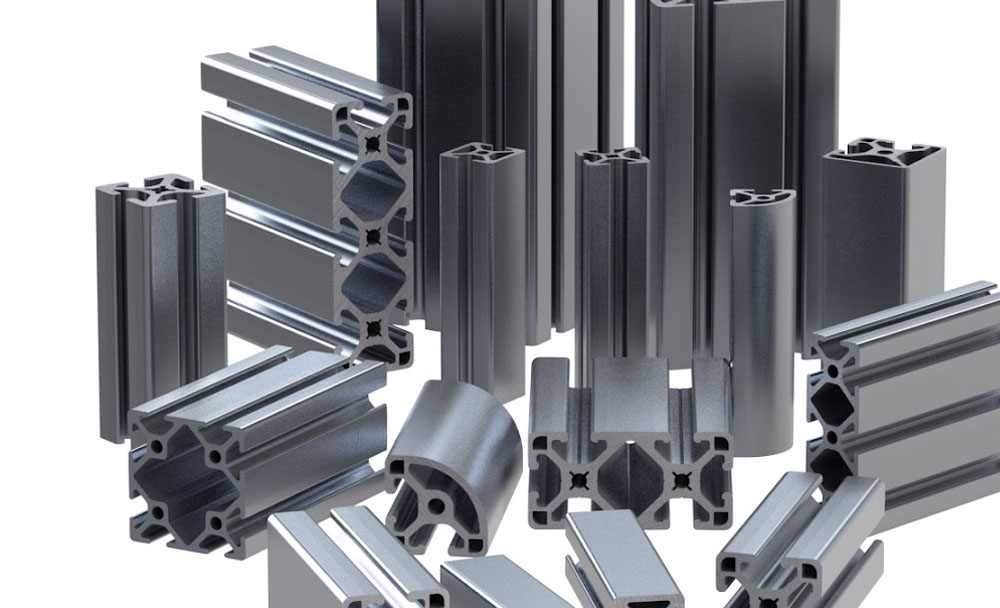 Top Aluminium Profile Manufacturers in China: Leading the Global Market
Top Aluminium Profile Manufacturers in China: Leading the Global Market -
 The Evolution of Air Tight Sliding Doors
The Evolution of Air Tight Sliding Doors -
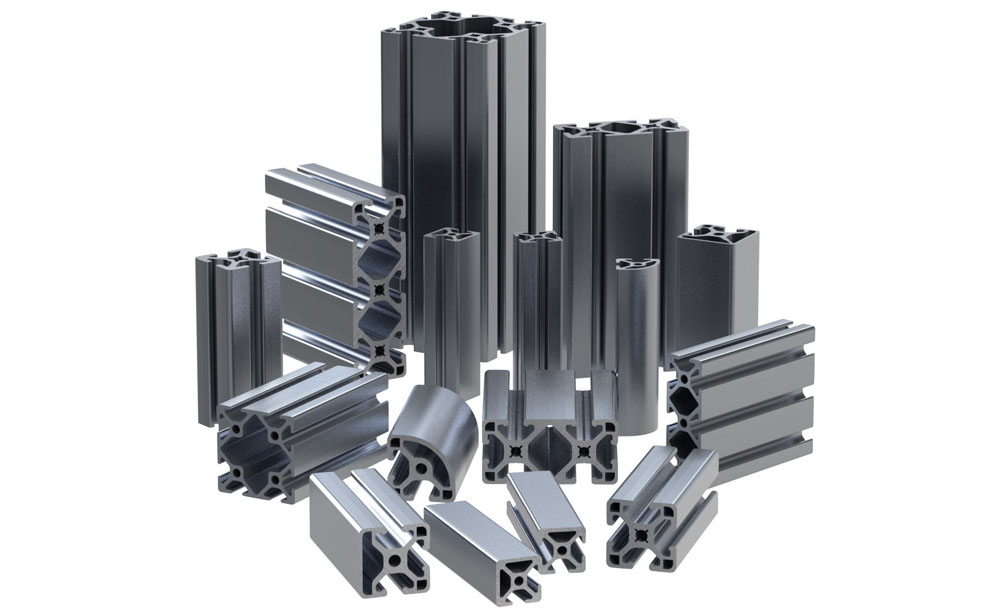 AHU Aluminium Profile: A Comprehensive Guide
AHU Aluminium Profile: A Comprehensive Guide -
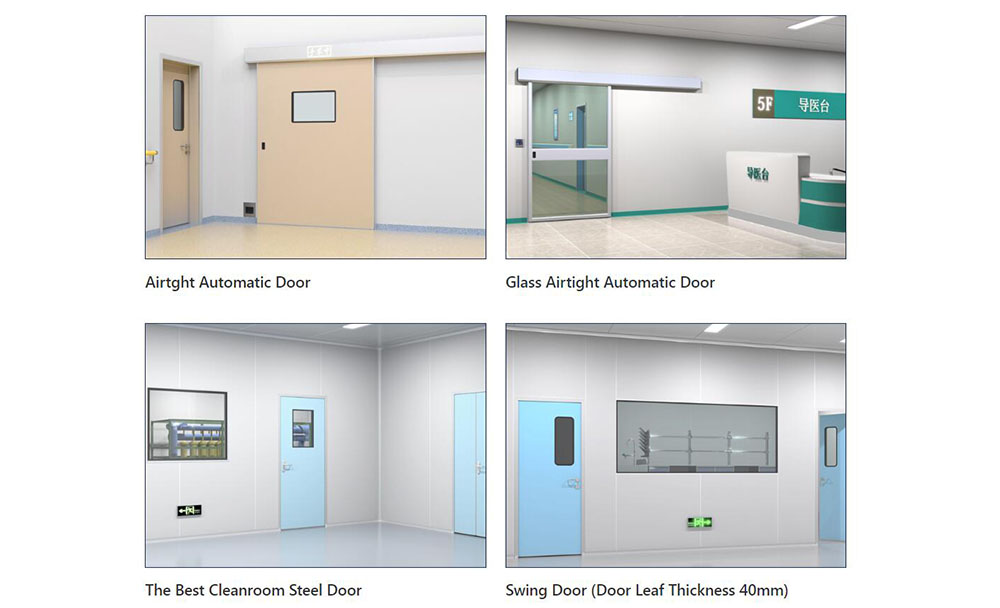 The Importance of Choosing the Right Cleanroom Door in Vietnam
The Importance of Choosing the Right Cleanroom Door in Vietnam -
 The Benefits of Hospital Automatic Doors: Enhancing Efficiency and Safety
The Benefits of Hospital Automatic Doors: Enhancing Efficiency and Safety -
.jpg) The Best Bathroom Door Manufacturers - Unlocking Endless Possibilities!
The Best Bathroom Door Manufacturers - Unlocking Endless Possibilities! -
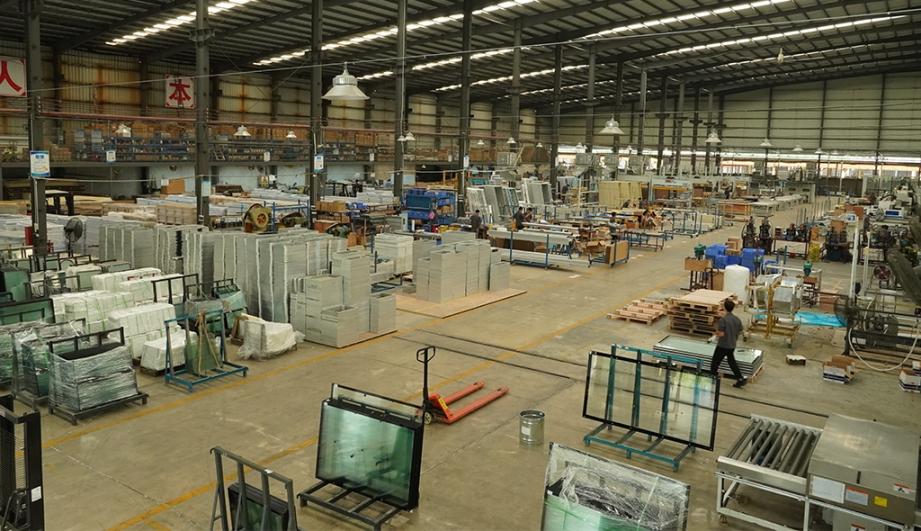 Unlock the Possibilities with AJ Manufacturing Doors
Unlock the Possibilities with AJ Manufacturing Doors -
 Make a Statement with Manufactured Home Interior Doors!
Make a Statement with Manufactured Home Interior Doors! -
 what is aluminum profile? Aluminum Profiles for Your Home is the best option
what is aluminum profile? Aluminum Profiles for Your Home is the best option
-
 How to Extend the Life of Your Exterior Steel Door
How to Extend the Life of Your Exterior Steel Door -
 What Are the Best Materials for AC Vent Covers
What Are the Best Materials for AC Vent Covers -
 Ceiling Vent Covers Labeled Fire-Rated? Here’s How to Verify
Ceiling Vent Covers Labeled Fire-Rated? Here’s How to Verify -
 Upgrading Lab Doors: When to Replace vs. When to Retrofit?
Upgrading Lab Doors: When to Replace vs. When to Retrofit? -
 Stainless Steel Door vs. Alternatives in Cleanrooms
Stainless Steel Door vs. Alternatives in Cleanrooms -
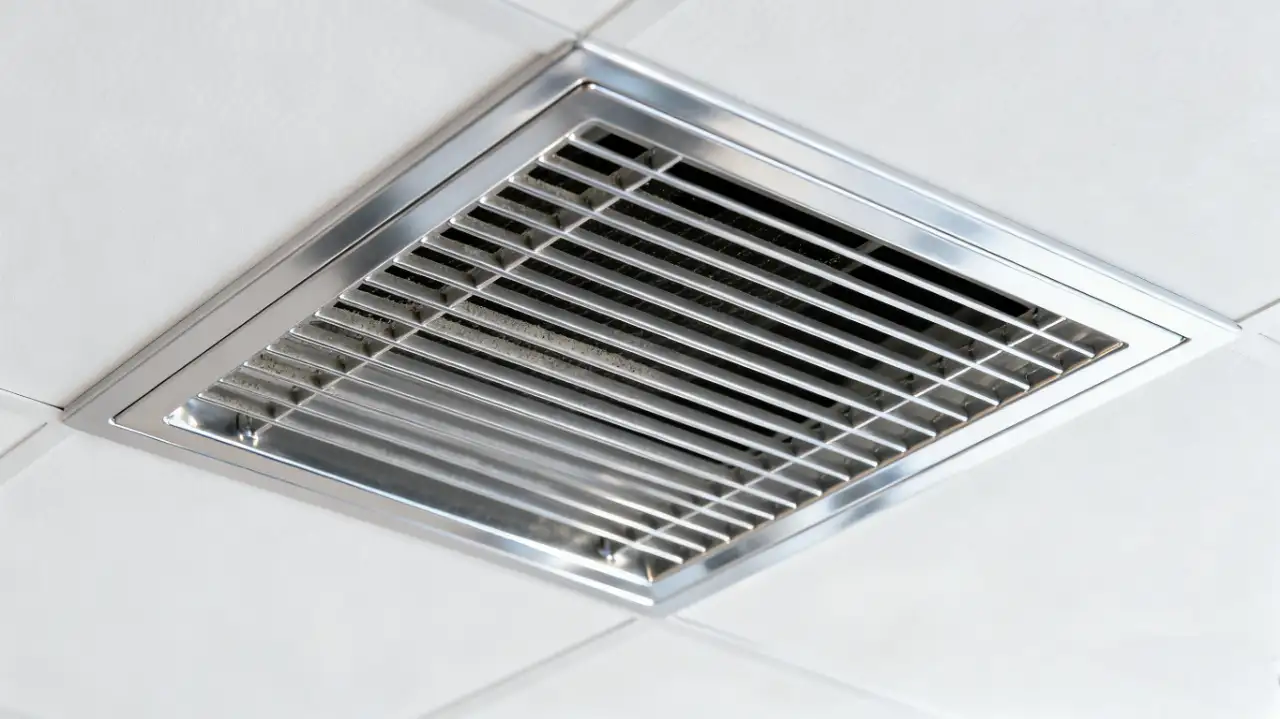 Ceiling Vent Care Tips to Boost HVAC Efficiency Year Round
Ceiling Vent Care Tips to Boost HVAC Efficiency Year Round -
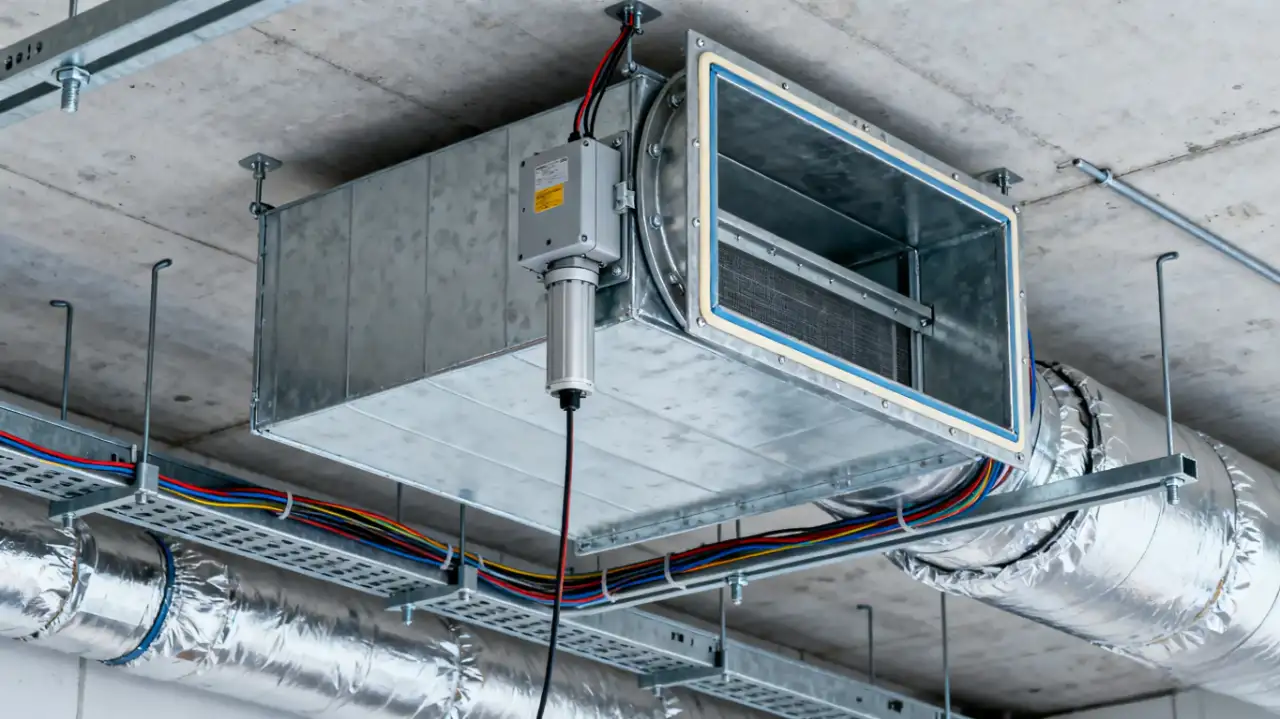 How Air Dampers Drive Efficiency in High Performance Buildings
How Air Dampers Drive Efficiency in High Performance Buildings -
 Why Semiconductor Manufacturing Can’t Function Without Cleanrooms
Why Semiconductor Manufacturing Can’t Function Without Cleanrooms -
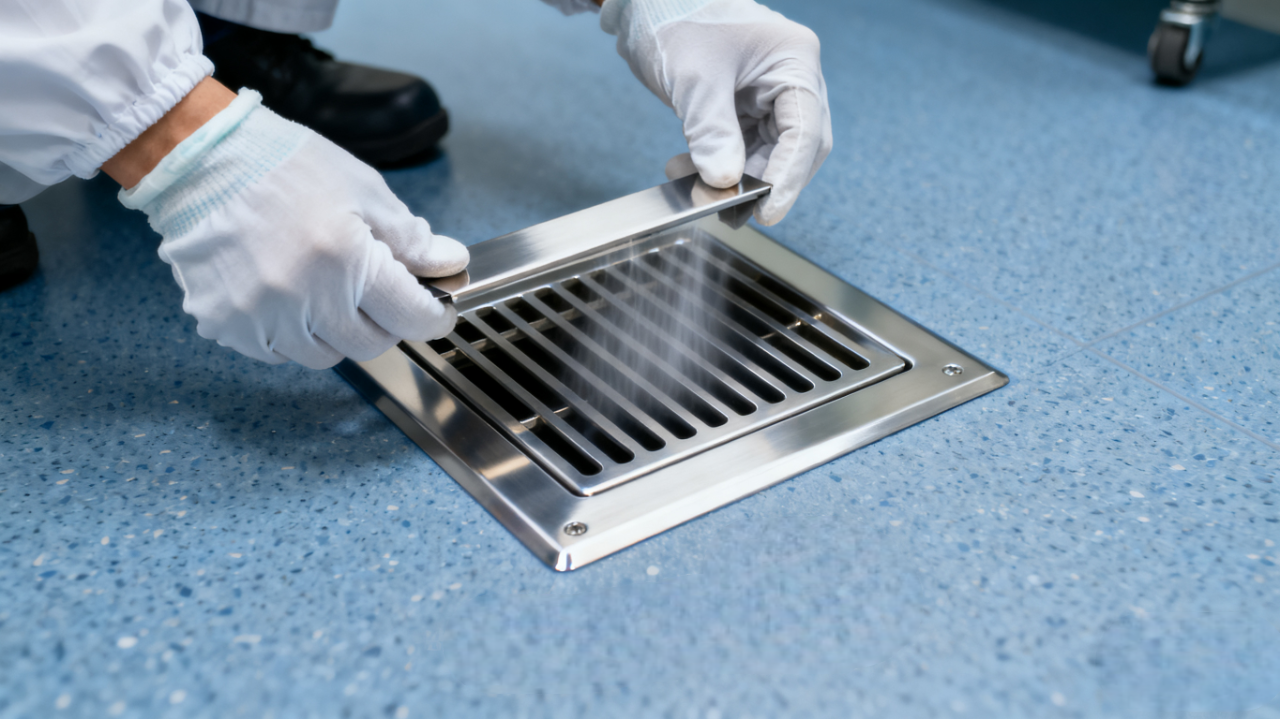 How to Select the Right Floor Vent for Cleanrooms
How to Select the Right Floor Vent for Cleanrooms -
 How to Clean and Maintain AC Registers for Peak HVAC Performance
How to Clean and Maintain AC Registers for Peak HVAC Performance

Guangzhou Yizhong Aluminum Industry Co., Ltd.
We are always providing our customers with reliable products and considerate services.
We are always providing our customers with reliable products and considerate services.


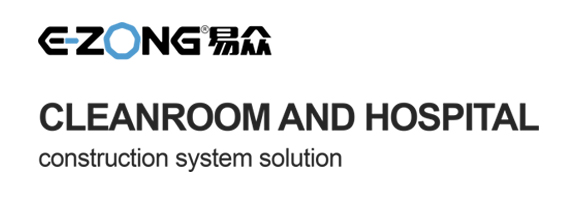
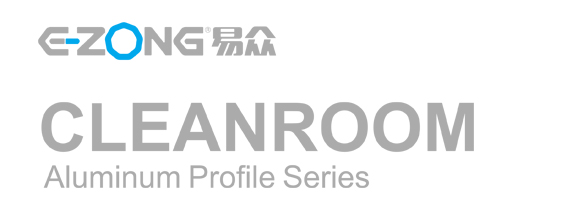
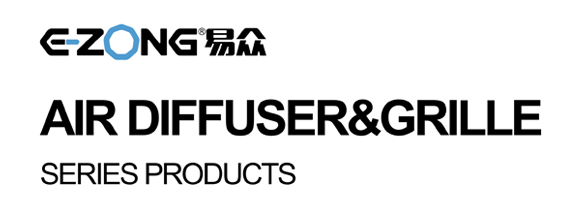





Speak Your Mind